
1905 movie network news "Please stick to the last five minutes!Please hold on for the last five minutes! "Old fans must know that this familiar line comes from a 1952 movie.The film is Shanghai.The war film made by the film studio is also the first military film made after the founding of New China.
"Travel South and Fight North" and Bayi Film Studio were produced in 1962 and 1965 respectively.Together, they are affectionately called "the third war" by fans., and "fighting in the north" is ranked first.
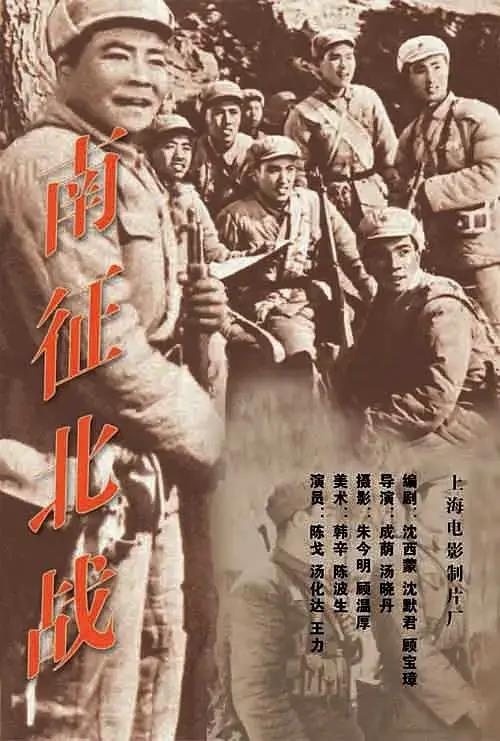
After the release of "Fighting in the North" in 1952, thousands of people were deserted, which triggered a craze. The film was magnificent, with a large number of classic clips and majestic war scenes, making it the first war film with the charm of war epic in the history of new China movies.
So why is this film so successful?
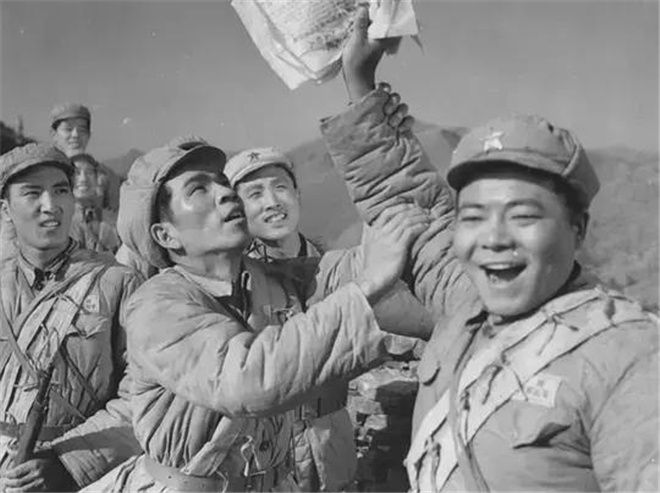
In 1951, the Central Film Steering Committee, the Central Film Bureau and the Shanghai Film Studio decided to shoot a war film in order to present the Army Day on August 1st the following year.He once had director experience in Northeast Film Studio.form a leafy shadeAnd from Shanghai Film StudioTang XiaodanBe chosen to be the director of this film.
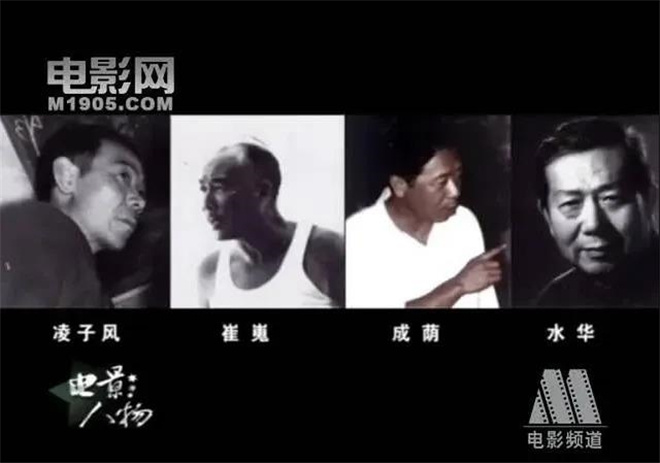
At that time, 35-year-old Cheng Yin participated in some important battles and knew more about war life. As a director, he won the first prize of excellent film of the Ministry of Culture and the Peace Prize of the 6th Karlovy Farley International Film Festival.
Karlovy Farley International Film Festival, as one of the international Class A film festivals, became the stage of China films in 1950s. Many domestic films, such as The Biography of New Heroes and Children, Making a scene in Heaven and so on, have won prizes at this film festival.
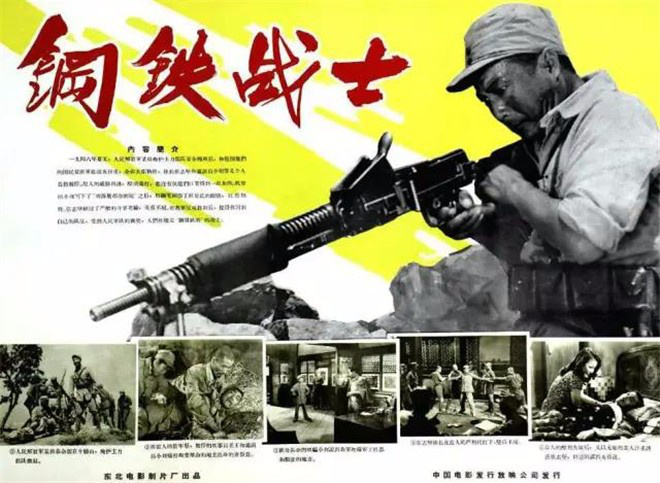
Tang Xiaodan’s career as a film director is even longer. He is good at shooting military films, especially at depicting human feelings and humanity in the war environment, and softening the cruelty of war with human emotions and beautiful hearts.His representative worksAnd so on, also known as "the father of China war movies".
In this way, Chengyin and Tang Xiaodan set up a creative team, and it happened that a drama called "The Front" was particularly popular at that time, and its story was consistent with the idea of the film to be prepared. The director group decided to adapt and create on the basis of the drama.
Soon, Shen Ximeng, the founder of "The Front", took the lead in forming a film and literature script writing group. In order to show that PLA soldiers fought in the north and south and experienced many battles, the film was named "Fighting in the South".

In the whole process of making this film, apart from the crew, there are two people who have brought great influence to this film.The first is General Chen Yi. He was in the East China Military Region.commanderMember, mayor of Shanghai.Chen Yi paid close attention to the preparation of the script after learning that "Fighting in the South and Fighting in the North" was to be filmed.
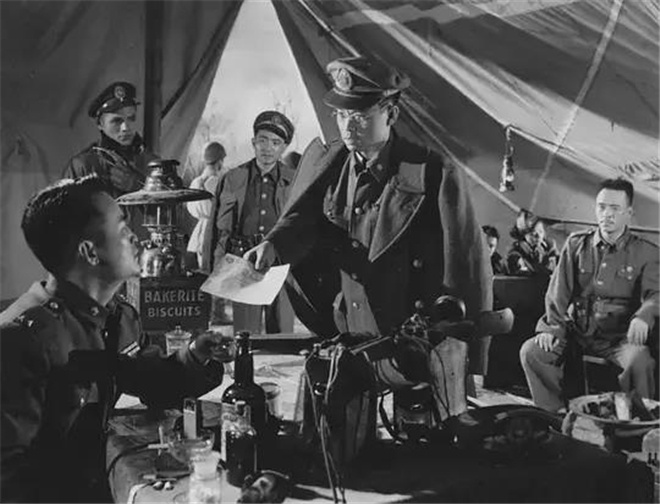
During the script writing, Chen Yi was ill and hospitalized in Nanjing. It was summer, and the temperature in Nanjing was very high. He listened to Shen Ximeng, Shen Mojun and Gu Baozhang read the script for him in turn in the ward. At that time, there was no air conditioning, and Chen Yi was often sweating.
Despite this, he endured the heat and illness, absorbed himself, and put forward suggestions for revision while listening, down to a line.It is said that the emotional clues between the characters in the film were modified by Chen Yi, which makes the film "Fighting with the North" more human.In this way, it lasted for half a year, and the script of "Traveling South and Fighting North" was finally released.
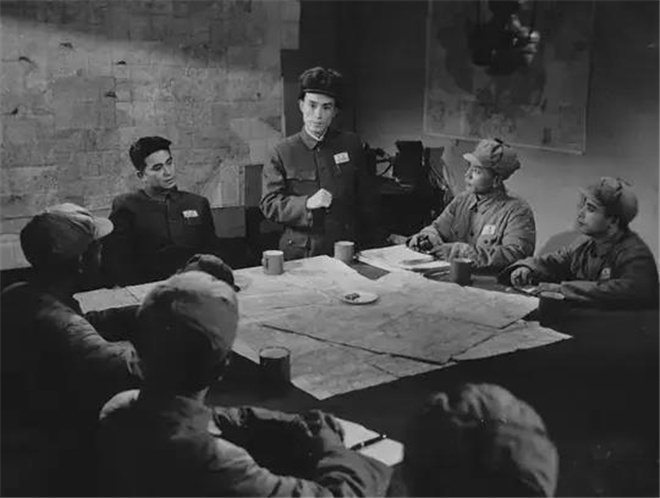
Because the script was still being revised after the film crew was set up, in order to ensure the film was released as scheduled and after polishing the lens-splitting desk together, Tang Xiaodan decided to divide the two teams into two parts, and the two teams shot separately. In the studio, the drama of the People’s Liberation Army was generally in the charge of Yin, while the drama of the enemy on location was in the charge of Tang Xiaodan, and the big scene was completed by the two teams.
In order to make everyone understand the director’s intention, Tang Xiaodan invented the method of "holding a blackboard meeting". The director drew the ideas and shooting requirements of each scene on the blackboard so that others could see it at a glance.
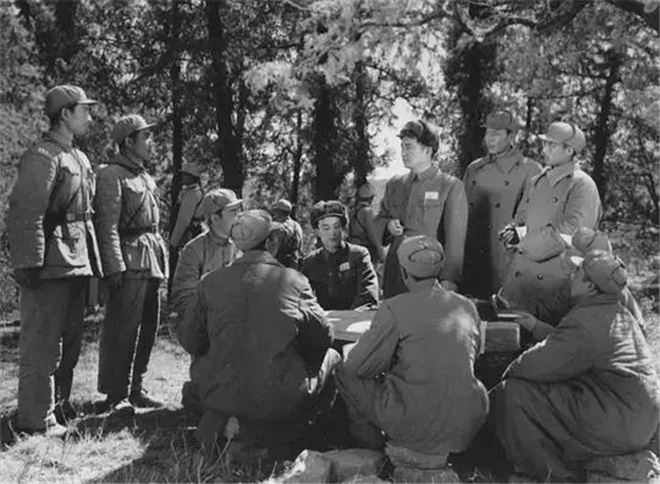
The filming task is tight, so we have to seize the time. At the busiest time, the two film crews record, dub and edit at the same time. Yin has a war life. Tang Xiaodan has rich film experience, and they cooperate very tacitly in their respective fields.
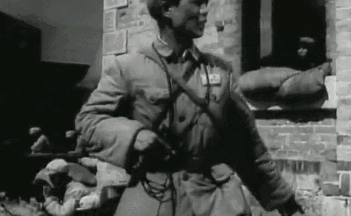
The crew of "Fighting in the North" is unprecedented in scale, with more than 3,000 people, which is also a difficult problem in overall planning. The crew can run effectively, and the two directors also contributed.There is another person who has a great influence on making this film, and that is General Su Yu.The battle reappeared in the film "Fighting in the South and Fighting in the North" was personally directed by Su Yu.So he also paid great attention to the filming of this film.
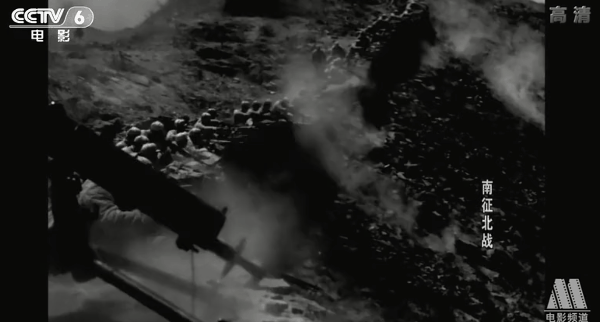
Su Yu also specially invited the directors to Beijing to personally explain the military and political situation and fighting situation on the battlefield in East China at that time. The director later recalled that the guidance of General Su Yu was very important, which laid a solid foundation for them to better grasp the details of the war scene.
The most impressive thing about this film is the war scene, which is unprecedented in terms of the momentum of the war scene, the scale of the battle, the performance of strategic decision-making and military thinking.
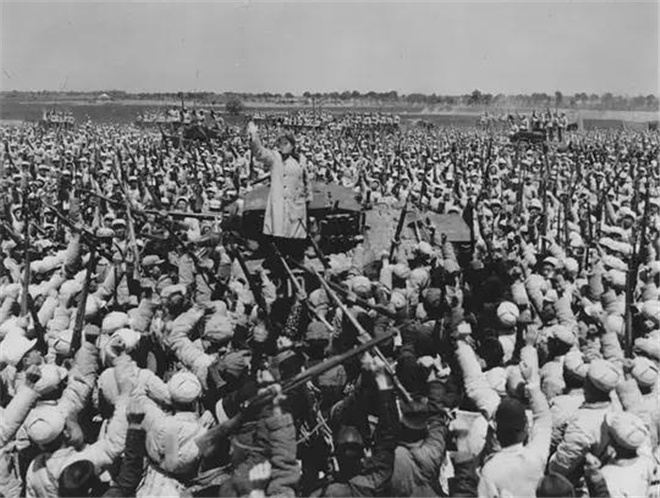
The reason is that in order to restore the war scenes to a greater extent, the film crew rushed to the location of the East China battlefield to shoot, and mobilized a division’s troops to cooperate.Real explosives are used in shooting. Before shooting, safety circles should be drawn where there are explosives. When shooting, actors can’t go inside the safety circle. The fighting in Motianling is also real bullets, and there is no one opposite when shooting.
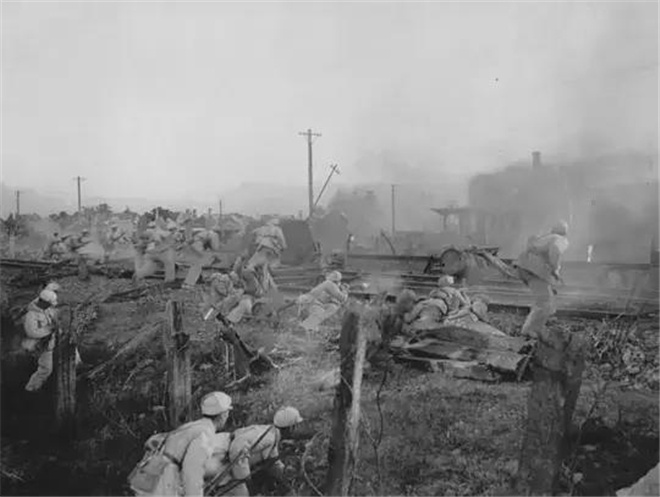
At that time, there was no walkie-talkie, so the explosion site was numbered with 1, 2, 3 … and the bomb was detonated with the signal flare as the letter. Taking risks is to make the film more realistic and effective.
Because of this, although Chen Yi granted a special fund of 1 million yuan to support the filming of "Fighting against the North", the funding for filming is still very tight, with thousands of tons of light explosives used, and most scenes are shot as real as possible.
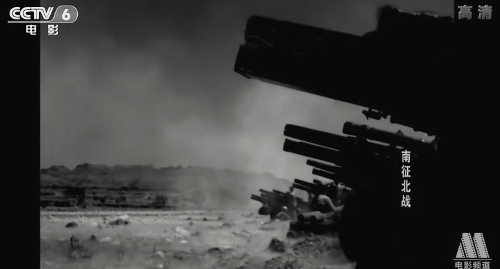
At the same time, limited by conditions, many difficulties were encountered in the filming process. There is no elevator in China. In order to take a panoramic view of the battlefield, the film crew made a wooden elevator that can swing from side to side and lift up and down.
In summer, when shooting a scene in winter, the actors can only run on the road in the hot sun with big pants and cotton-padded jackets. After a scene, everyone is sweating, and sometimes they even drink a lot of water without going to the toilet, because they all run away in sweat.

Sometimes when shooting on location, the car loaded with props suddenly had a flat tire and turned into a ditch, and several escorts were injured. Except for the props who were seriously injured and needed hospitalization, other wounded people bandaged their wounds and returned to the shooting scene to continue their work.The whole film crew worked very hard.
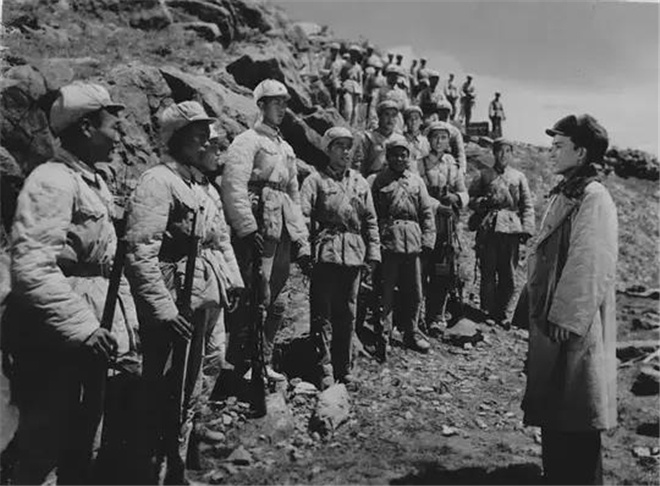
Later, when the actors recalled it, they were all filled with emotion. Although they were hard, they were all precious memories.There are also many fans of the older generation who are familiar with "Traveling South and Fighting North"staractor For example, playing the teacherChen ge, the representative works are;
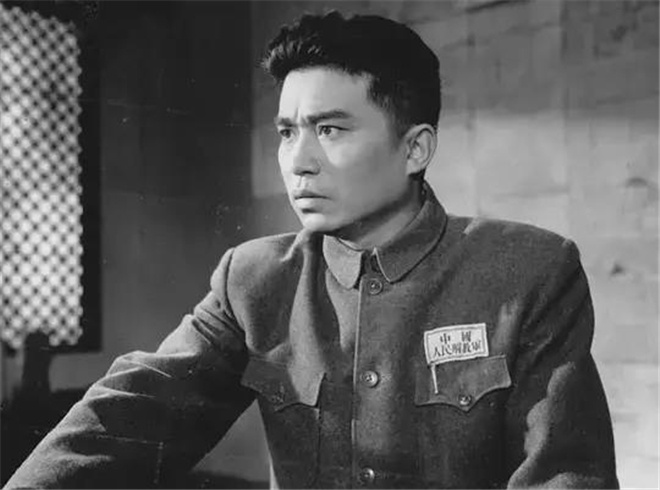
Huada Tang, who plays the political commissar of the division, has the masterpiece "Crossing the River";Play the machine gunnera state in the Zhou DynastyforeverexpensiveZhong Xinghuo, and later starred.;
Later starred in classic films.hit the target/markSun DaolinAlso made a guest appearance in this film.
Gao Yingchang, who plays a very important role in the film, is played by Feng Zhe, a famous handsome young man. He is elegant in temperament and tall and straight in posture. Before that, he created romantic and affectionate images of childe and talented person.

But he plays a soldier in "Fighting in the North". In order to better present his role, Feng Zhe actually entered the company. Every day, in addition to practicing assassination on the playground, he also had to swim in the cold water, and blisters appeared on his mouth. In the end, he successfully created the classic soldier image in the new China movies.
One of the classic female images, the village head Zhao Yumin, is played by Zhang Ruifang. Zhang Ruifang is one of the four famous artists in the drama field. She has no experience in rural life, but in order to play the role of the village head, she put on an old cloth shirt and lived with the villagers for more than eight months.
Learning to shoot during the day and having a meeting around the oil lamp at night, Zhang Ruifang made the simple and unpretentious image of the typical working people deeply rooted in the hearts of the people.This is also due to the high requirements of the crew. Before shooting, the crew stipulated that all actors should experience life on the spot, and most of these actors from Shanghai Film Factory successfully completed their tasks.
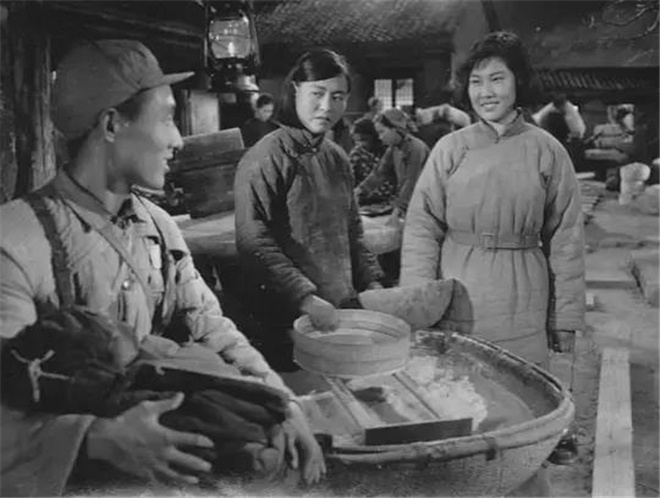
The music in "Traveling South and Fighting North" is also very distinctive. When it comes to music, I have to mention Yan Ge. Perhaps many people are not familiar with his name, but when it comes to movies for which he made music, there are many treasures, such as Nie Er.
He won numerous awards, and his music was widely circulated. The music he made for "Fighting in the South and Fighting in the North" won the first prize of the Ministry of Culture in 1957, and the score of capturing a place in Phoenix Ridge was a classic passage in which music and pictures were synchronized.
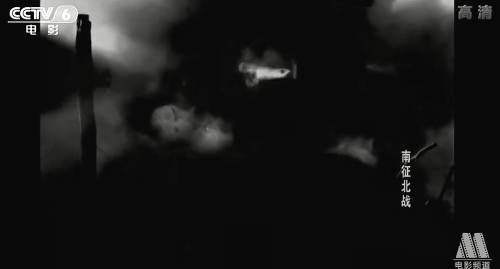
In addition, "Fighting in the North" also has some admirable artistic techniques and classic lines, such as parallel montage, slit lens and moving lens. Even though the film has been shown many times, it is still talked about by many fans.
The war scenes became the model of later war films, and all the honors and achievements of such a classic are attributed to everyone who has paid for this film.
